Russian developers from Smart Engines have created a new system for verifying the authenticity of passports of CIS countries based on artificial intelligence. It has already been included in the Unified Register of Russian Programs of the Ministry of Digital Development.

This domestic development is useful for banks and other financial organizations, telecom operators, airlines and in other places – wherever a client needs to confirm their identity.
Each of the passports in the CIS countries, for example, Armenian, Tajik or Uzbek, has its own characteristics, and it is problematic to remember them all. This is used by fraudsters who provide fake documents when buying tickets, applying for loans and other transactions. In addition, some of the fake passports are of very high quality, and only technology can recognize them.
It is visually quite difficult for an ordinary person who is not familiar with the intricacies of manufacturing printed products to determine the authenticity of the document in his hands. We expect that with the help of our solution, companies will be able to reduce the risks of financial losses associated with the presentation of fake documents.
How to check the passport of a CIS citizen?
The solution from Smart Engines is combined with most Russian document scanners and is easily installed on them.
It does not require a network connection and data transfer for processing to third-party services and/or third parties for manual input. All information verification is conducted in the local RAM of the device. This means that the personal data of Russians and citizens of other CIS countries are safe during verification.
Also, the system of multispectral document authentication based on artificial intelligence does not require additional actions related to obtaining the subject's consent to the processing of his personal data.
When a passport is brought to the device on which the system is installed, its authenticity and validity are checked in the optical, ultraviolet and infrared ranges. And with the help of non-biometric face verification, the system conducts cross-validation of the face of the document presenter and the photo on it.
The passport is analyzed according to dozens of parameters: from possible re-gluing of photographs and forgery of stamps to the fonts and security fibers used. All this takes no more than three seconds.
The system also works for documents that have built-in chips and a biometric identification system. The complex automatically reads and verifies data from there.
Now on home

The reason for indexation may be inflation, an increase in VAT, and rising production costs

The Ministry of Industry and Trade believes that the increase in the levy will not affect responsible manufacturers
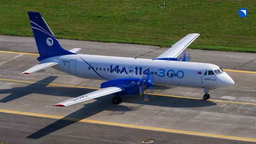
Экипаж разогнал лайнер до 580 км/ч вместо крейсерских 450 км/ч

Ship equipment comes to Russia from China at inflated prices
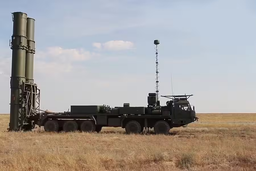
Almaz-Antey and the Belarusian Ministry of Defense signed a contract for equipment maintenance
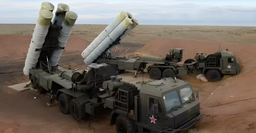
The complex's computing resources allow for the competent distribution of targets between launchers
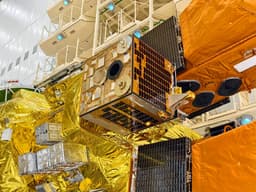
Among the spacecraft are Aist-2T No. 1 and No. 2
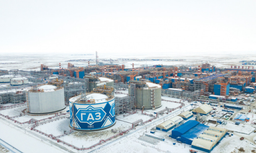
Deputy Prime Minister Novak announced a postponement of the deadlines, but confirmed the commitment to developing the sector
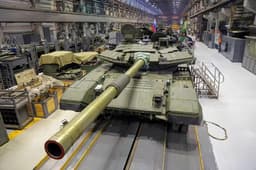
Design engineers without experience are promised salaries from 80 thousand rubles
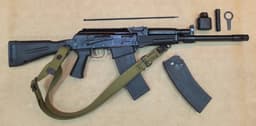
Hard and dense shot ensures the destruction of the target from the first hit, regardless of the drone's body material

Almost all body elements are zinc-treated

SOGAZ lost the case in court against UEC-UMPO